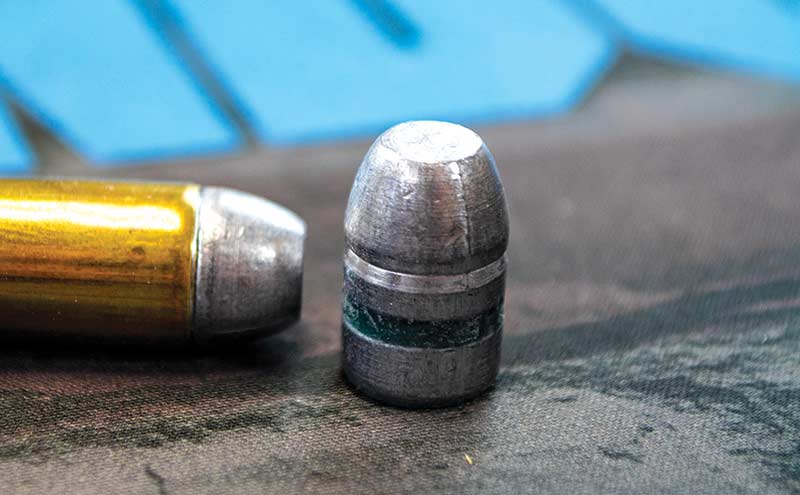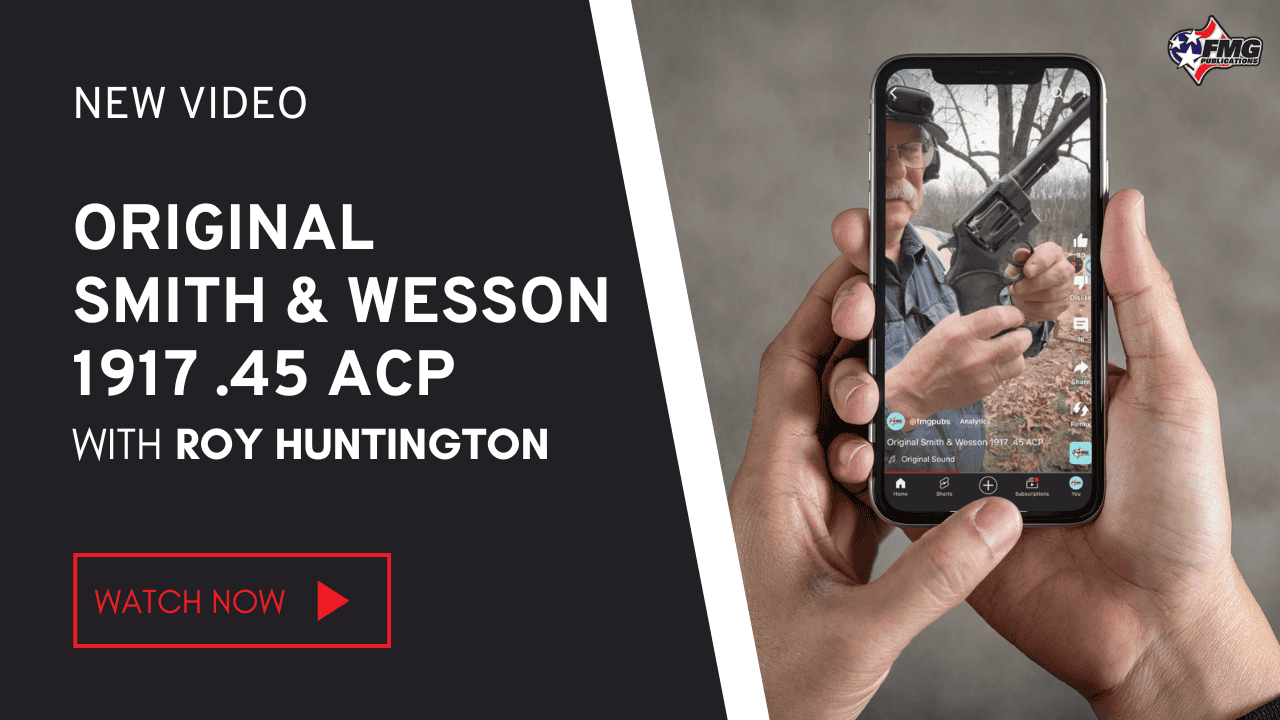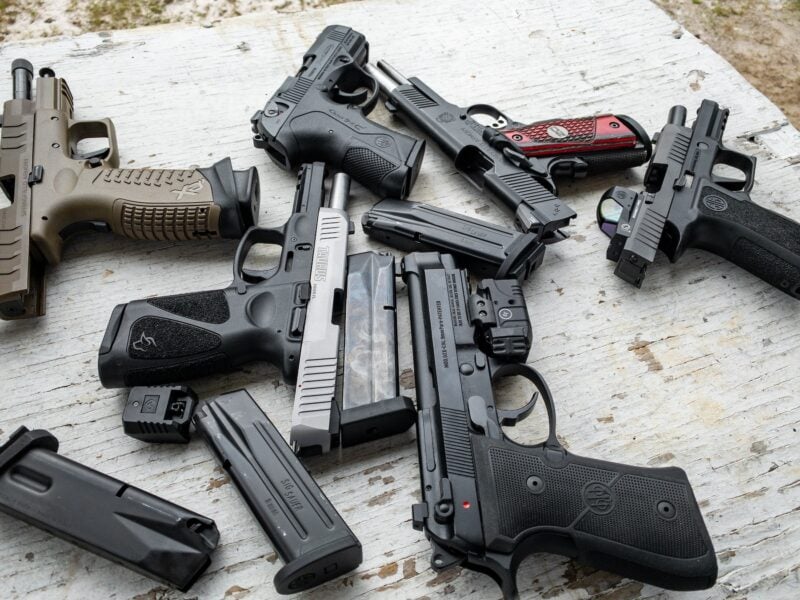Vantage Point: Reloading Science: Don‘t Crimp My Style
Crimping is a bit like duct tape, a hammer or maybe a cold beer. Liberal use of any of these is assumed capable of fixing most problems. And you know what they say about “assuming….”
The assumptive definition of “crimping” is that it locks the bullet in place, keeping it right where it should be until it’s shoved out the fiery end by the contained conflagration. Once again, you know what they say about “assuming….”
Let’s take a closer look at what crimping is and, more importantly, what it isn’t.
Why Crimp?
Before diving in, let’s discuss the “why” behind the crimping thing. It’s really, really important for bullets to remain in their original and specified position in the cartridge case.
If a bullet gets pushed into the cartridge case, even a little, firing pressure can reach unsafe levels. Remember, every load recipe is carefully designed to fall within safe pressure limitations based on a calculated volume determined by the case’s interior and the base of a bullet seated to its proper depth. When a bullet is set back into the case, there is less available volume for the same amount of powder burn. All else the same, less volume translates to higher-than-planned pressure — kind of like putting a small nozzle on a hose or tightening your belt three extra notches.
Conversely, sometimes a bullet moves the other way. If a cartridge is too long because the bullet is sticking too far out the front end of the case, it may not fit in the magazine or chamber properly. Sometimes the projectile will get stuck in the rifling on chambering, causing the cartridge to come apart. Bullets in revolver cylinders may jam the cylinder’s ability to rotate freely.
Bullets in cartridges waiting to be fired (in a revolver cylinder or semi-auto magazine) are subject to all sorts of g-forces forward and back like recoil, slides slamming into cartridge bases and all that, so it’s essential to ensure bullets are firmly locked into place in the cartridge case.
Is Crimping The Answer?
Yes. And no. It depends on the nature of the cartridge, and even then, I might describe crimping more like using suspenders with a belt.
What “primarily” holds a bullet in place is case-neck tension. Think of the friction between the bearing surface of the bullet and the inside of the cartridge case. If there’s a tight fit between bullet and case, friction will do a marvelous job of ensuring the bullet stays put.
This sounds too simple, so you know there are exceptions, right? To explain those, we need to examine two styles of crimping: roll and taper.
Roll Crimping
Since many (most?) revolver cases headspace (fancy word for indexing their position in the chamber relative to the breech and firing pin) using the case rim, it doesn’t really matter what’s going on with the leading edges of the case mouth — there’s no need for a ledge on the case mouth as there is with rimless straight-wall cartridges, as we’ll see in a minute.
A roll crimp technique for such cartridges uses a crimping die to press the case mouth edges into the bullet’s body. Many lead bullets have a crimping groove for just this purpose. On jacketed revolver bullets, you might see a cannelure groove. That ridged pattern circling the bullet offers space for the case rim to be “pressed” or “rolled” into the bullet’s jacket.
The net result of this technique is an extra layer of security. Case-neck tension does much of the job of holding the bullet in its proper place. The roll crimp helps lock the bullet to the edges of the case mouth, further preventing movement forward or backward during recoil.
Taper Crimping
Many straight wall cartridges like 9mm, .40 S&W and .45 ACP headspace on their case mouth ledges. If you look into the chamber, you’ll see an interior shelf to trap the leading edge of the cartridge case. This sets the proper position of the entire cartridge relative to the chamber and firing pin. If you roll crimp a cartridge like this, there’s no ledge on the case mouth to reach a hard stop on the chamber shelf.
Taper-crimping dies simply press the case walls back into a cylindrical shape, leaving the case mouth ledge intact. When seating a bullet, it’s necessary to flare the case mouth a bit, so the taper crimp step just restores the proper diameter of the case mouth.
Don’t rely on taper crimping to lock the bullet in place!
Let’s illustrate this point with a woodworking analogy. Imagine you’re seating 1/4″ wooden pegs in a board. If you drill a 3/8″ hole, the peg will be loose. You can stick that board in a vise all day long, pressing in from the sides to “taper crimp” it, and you’ll never achieve a tight fit. However, if you drill a 3/16″ hole and use some force to insert the 1/4″ peg, it’ll be plenty snug.
The same concept applies to brass and bullets. Simply shoving the sides of the case into the bullet will never produce a tight and proper fit. In fact, too much taper crimp is a bad thing. Take care not to overexpand the case mouth, so seating the bullet develops case-neck tension.
The bottom line is this: Crimping isn’t duct tape. It’s not designed to fix a problem that shouldn’t exist in the first place. Focus on doing the preceding steps properly and use the crimping step as designed, whether taper or roll.









